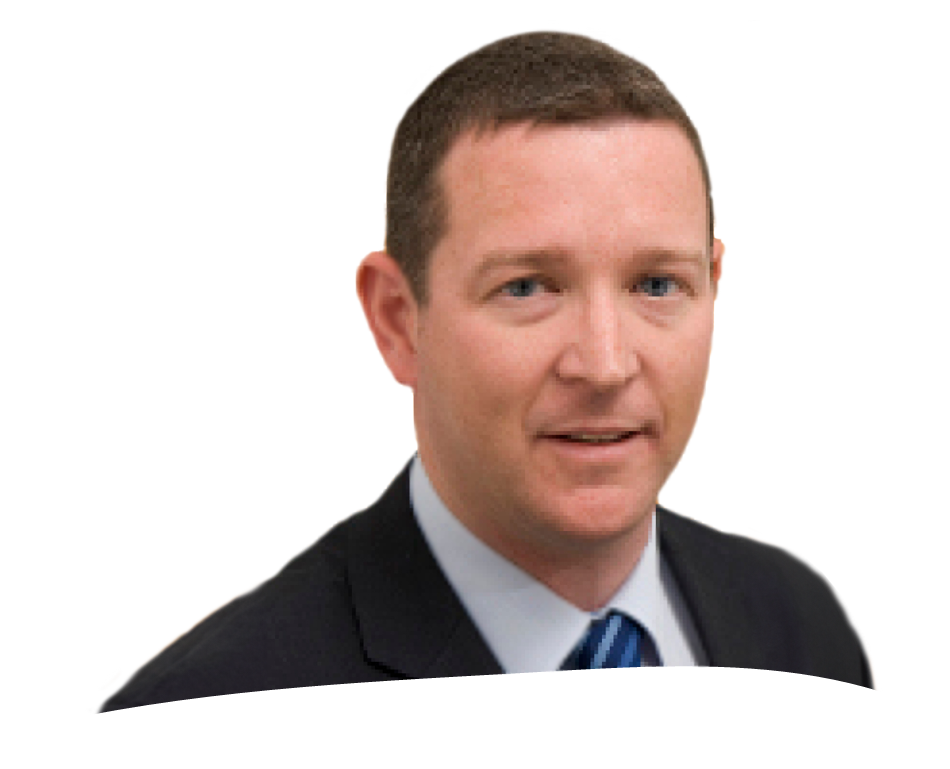Going steady

Going steady

David Menzies CA, Director of Practice, says the survey results suggest a practice community that is resilient and reliable in the face of disruptive forces
The ICAS Practice Survey, sponsored by Xero, provides an intriguing insight into CA firms in 2024. It highlights the wide variance in how practices are structured, who they serve, the challenges they face, their outlook and, of course, their financial performance. The results again highlight the diversity of the profession and the significant role that small and medium-sized firms play in supporting UK business and the wider economy.
The survey was completed by more than 120 firms, with practice income ranging from £2,000 to £67m. Almost all (94%) of the practices have fewer than three principals, with nearly four out of every five firms being sole practitioners. This is a significant increase since our last survey in 2022, when that figure stood at three in five firms, and perhaps reflects some of the market consolidation of firms seen during that period.
Overall, average profitability per firm increased to £404k – up 18% since 2022 and nearly 50% from 2021. Smaller firms seem to have fared better than their larger counterparts, with sole practitioners’ average profit increasing to £118k, up 84% on 2022, and that of two-to-three partner firms increasing by around 55% to £345k.
In 2022, for most firms (53%) surveyed, the average fee per client was £500–£1,500. That’s down to 35% in 2024, with more firms (26%, up from 16% in 2022) reporting an average fee per client of £1,501–£3,000.
Despite the cost-of-living crisis and concerns about economic headwinds impacting business cashflow, our firms have maintained a strong control of their working capital. There has been a small movement of 4% of firms reporting average debtor days increasing from below 30 days to within the 30–45 range. Some firms, though, are feeling the economic impact on clients, with 7% (up from 2%) reporting average debtor days of 91–120 days. Smaller firms continue to have a much greater control over their working capital – 77% of sole practitioners report average debtor days below 45, while conversely 72% of firms with four or more partners report an average of more than 60 days.
Somewhat surprisingly given the current recruitment market, staff cost as a percentage of turnover remains stable. Only two-fifths of firms say their primary approach to billing is the traditional by-the-hour method. For the remainder, it is almost equally split between fixed charge for each service provided and a fixed periodic billing cycle.
Despite many of the practices we speak to highlighting difficulty with staff recruitment and retention, the survey suggests the position is improving. Of firms that recruit, around one-sixth still say it is a real problem, a fall of almost half since 2022. This may, however, be due to a change in the staff being recruited, with a move away from book-keeping, apps and audit, with growing demand for corporate tax, advisory, payroll and practice management staff.
When it comes to MTD, we continue to see a slow but steady increase in readiness with almost two-thirds of firms already having adopted software. Sole practitioners and firms with fewer than 50 clients are less prepared for its introduction.
Overall, the survey indicates that practitioners are resilient and responsive to change. Underlying this is a multiplicity of performance, attitudes to technology and demands for talent. The ICAS practice community is complex but also reassuringly stable, ensuring that clients are supported in a way which is appropriate to them.
Read our report on the 2024 Practice Survey





